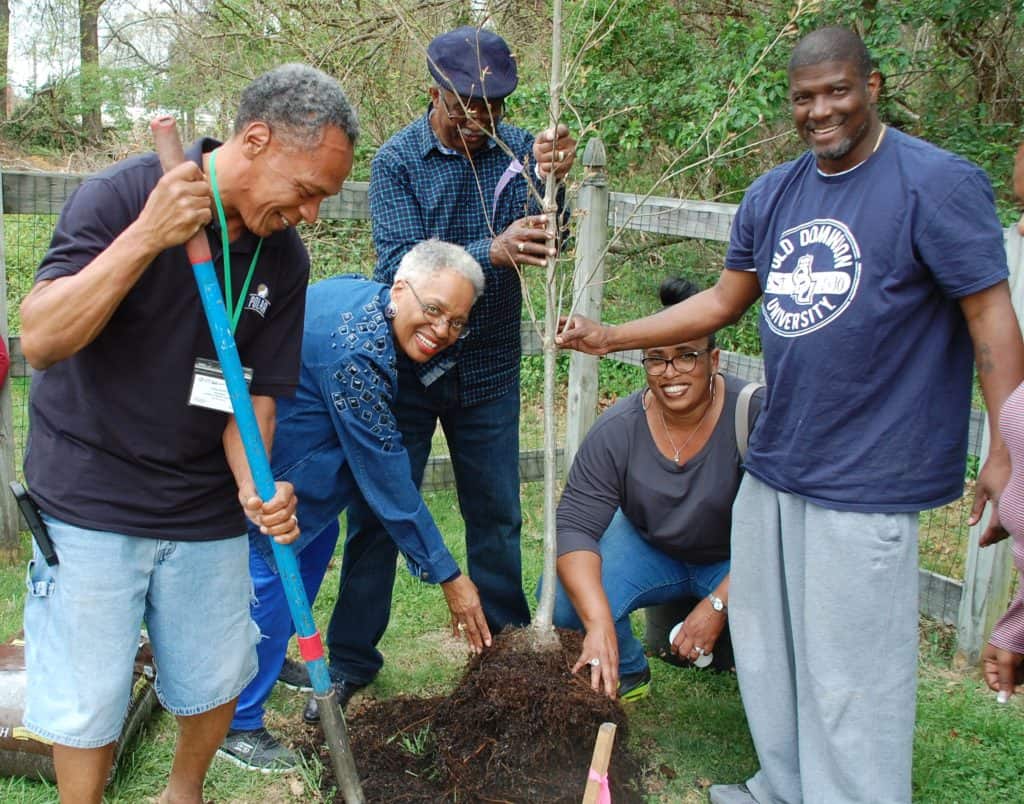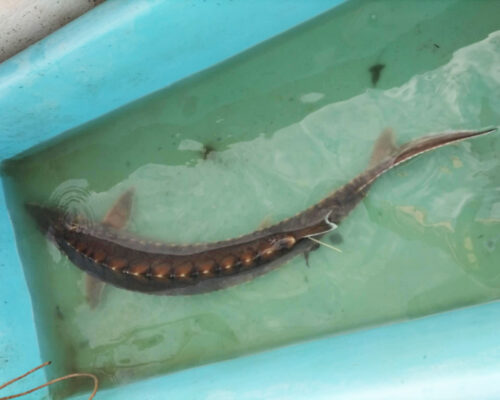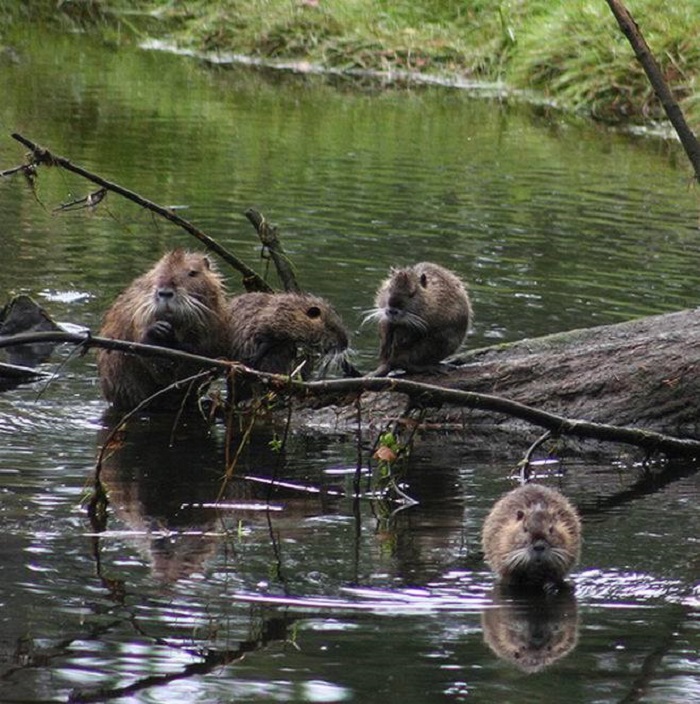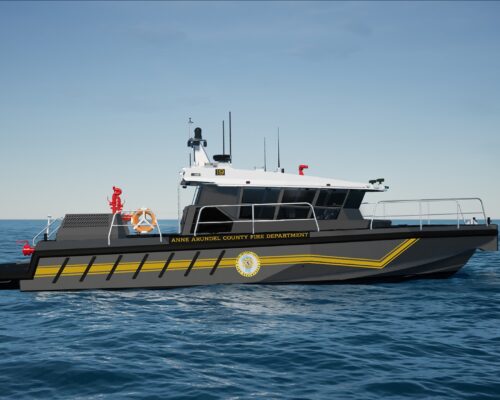A new project in Richmond will tackle three big issues—excessive heat, pollution, and redlining— with one simple solution: planting trees.
The Greening Southside Richmond Project, a two-year effort that will see hundreds of trees planted in neighborhoods throughout the south part of the city, will seek to decrease temperatures and create healthier living conditions in areas with lots of asphalt and not enough tree canopy.
The Chesapeake Bay Foundation (CBF), which, along with other local partners, received a grant from the National Fish and Wildlife Foundation of more than $227,000 to fund the initiative, says the project will “plant more than 650 new trees in neighborhoods suffering from extreme heat linked to racially-motivated housing discrimination in the past. This will
improve quality of life for residents and reduce pollution to the James River.”
CBF says that in the first part of the 20th century, Richmond experienced significant redlining, “a discriminatory lending practice that effectively denied mortgages and other investments in predominantly African American neighborhoods.”
A study by the Science Museum of Virginia, Virginia Commonwealth University (VCU), and Portland State University confirms that the effects of this discrimination have caused extreme heat in certain neighborhoods where concrete is plentiful and trees are lacking. The temperature difference between these parts of the city and those with trees can be up to 16 degrees, CBF adds.
To identify which neighborhoods were most in need of trees, CBF looked at the Richmond Office of Sustainability’s Climate Equity Index map, which revealed that residents in the affected census tracks were 86% African American and Hispanic.
The benefits of trees in a city setting include cooling temperatures, filtering harmful pollutants from the air, absorbing runoff from impervious surfaces that would ultimately end up in local waterways, and improving the health and quality of life for community members.
Thanks to groups like Southside ReLeaf and Groundwork RVA’s Green Workforce Program, the project will give residents the opportunity to learn more about trees and how to care for them, and Richmond youth will be able to train for green jobs while lending a hand in tree planting and landscaping efforts. Residents can also receive a free tree and apply to have a conservation project installed at their property.
In a recent media call with program partners, CBF Virginia Director of
Outreach and Advocacy Ann Jurczyk said receiving the grant and the future implementation of the project is a “dream come true.”
“They (the trees) will provide a bunch of benefits They’re going to do everything from providing shade and green space to reducing residents’ electricity bills, to sequestering carbon and improving air quality, decreasing stress levels, improving quality of life, and of course from the Bay Foundation’s perspective, water quality,” said Jurczyk.
Sheri Shannon of project partner Southside ReLeaf says her organization, which aims to green and beautify the southern part of Richmond, was created to address the “years of neglect that stemmed from redlining.”
The physical nature of Southside doesn’t lend itself to a healthy environment for residents, she says. “If you’ve ever been in south Richmond, you’ll see that there are fewer trees. You’ll see that
there’s a lack of access to fresh food. There’s poor air quality just from exposure to pollution. All of these disparities are built into the physical environment. They all have an impact on people’s health.”
These conditions mean a shorter life expectancy for Southside residents compared to those in other parts of Richmond, Shannon says, and it will take community education and engagement to make sure the initiative is successful and for “things thrive and survive.”
Rob Jones, Executive Director of Groundwork RVA, also an initiative partner, says that the combination of the “inequity of the impact of heat in the city” and Richmond’s history of asthma is a daunting prospect. “Heat is more dangerous than we know,” he says.
Despite the disparities that exist between the Southside and other parts of the city, Shannon believes connecting with residents over the power of trees are important steps in the quest for equality.
“I cannot emphasize enough that wherever you live in a city, determines your life expectancy,” Shannon says. “With that education for the community, we’re talking about all the wonderful things about trees and the benefits they provide and we’re also looking at the historic context of
how we got to this place and figuring out how as a community we can start to dismantle redlining and move towards a greenlining process.”
-Laura Adams Boycourt




